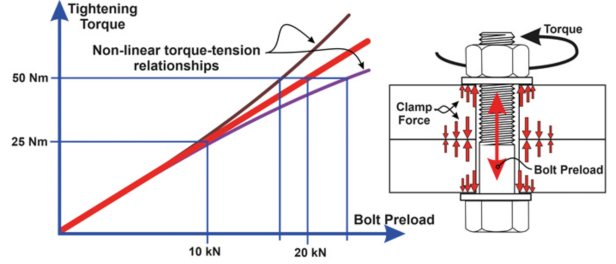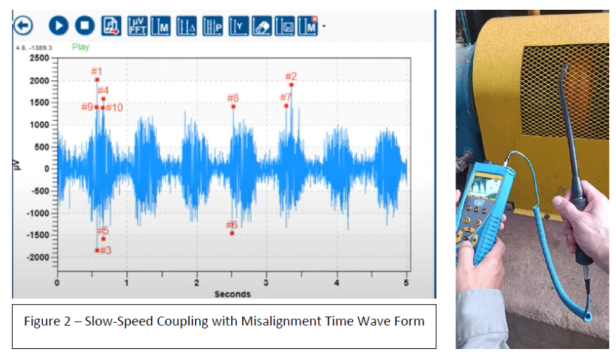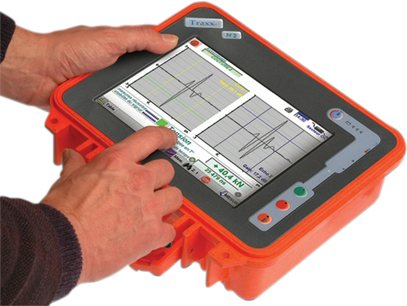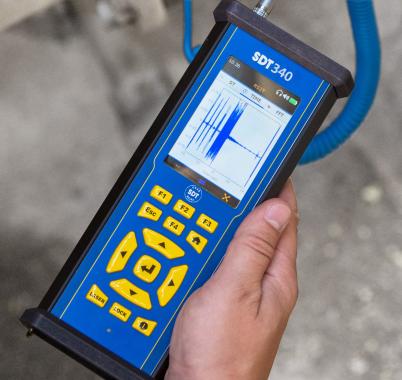Bolt tightening techniques (part 2: torque/angle)
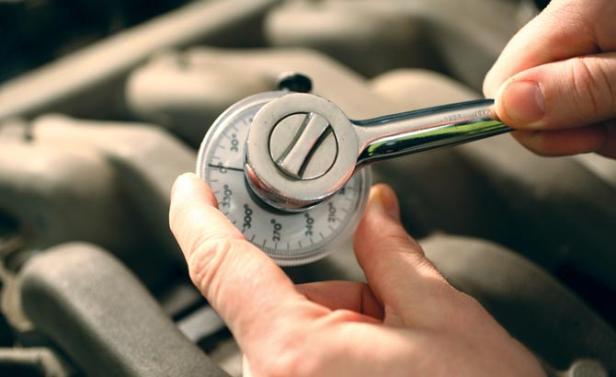
The tightening method
torque / angle
The angular, or torque/angle, tightening method , although similar to the torque method, is more effective. It is based on the principle that turning the nut a full turn (360 degrees) is equivalent to taking one thread. If the pitch of the screw (expressed in millimeters) is known, we can determine how much the screw extends.
The method consists of first applying an initial torque. Then, once resistance is noticeable, we apply additional angular rotation. The advantage of this method is that it largely eliminates the coefficient of friction, using rotation by angle to control the elongation of the screw.
Although this bolt tightening technique represents a significant improvement over the torque-only method, it is not without its flaws. In practice, we still observe tension dispersions of ±30% between screws supposed to be tightened equally. This variation, although reduced compared to the torque alone method, remains a challenge to ensure perfectly uniform tightening.
The rest of this article will focus on alternatives to angular tightening and in particular tightening by hydraulic extension.
Our other news
See allJoin the largest community of industrial suppliers
- Helping you with your ongoing technology watch
- Provide you with detailed supplier statistics
- Give you international visibility
Discover the largest catalogue of industrial products on the market
- To offer you the best catalogue of industrial products on the market
- To guarantee you a 100% secure platform
- Enable you to have live remote exchanges


 Français
Français

